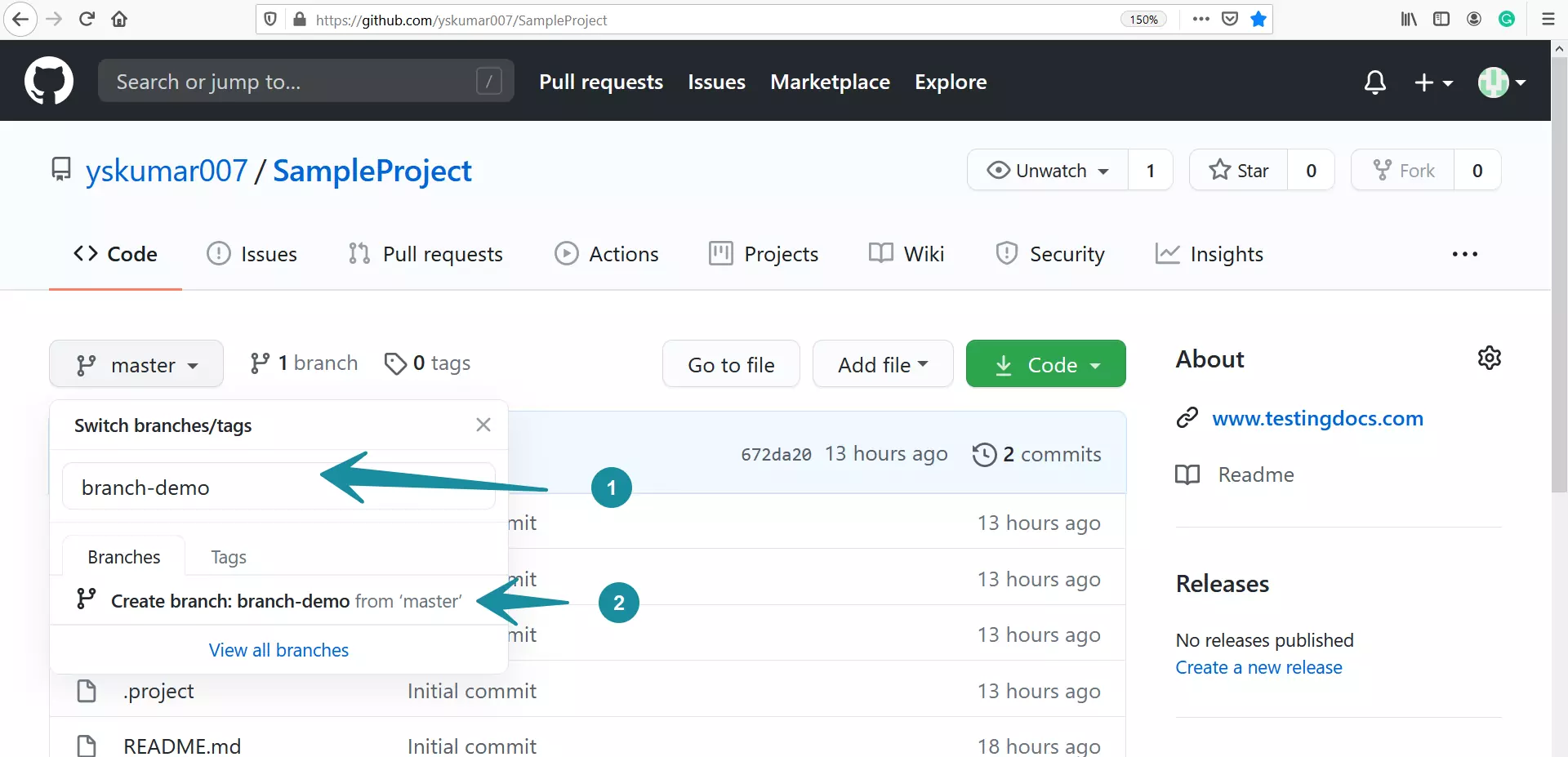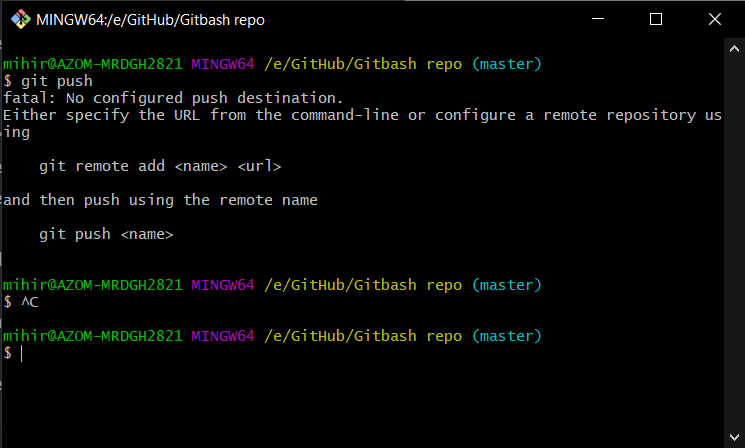

Like most features in IntelliJ IDEA, there's more than one way to open the Manage Remotes dialog. When you have pressed OK on your new remote, the Git Remotes dialog will show both your remotes. For example, you can rename the "origin" remote to your name if it's your specific branch like in this case. You can also use this dialog to make changes to your existing remotes if you want to. We recommend that you use the organisation or profile name to remove any ambiguity. There are a number of different conventions that you could use to decide on the name for your remote, for example you could call it "upstream". You can now give it a name and paste in the path to the JetBrains repository that's on your clipboard. Git is a distributed version control system, so each machine has its own repository. Lets add this repository by pressing the + button. We need to add a repository for your project. We want to add a new repository for the upstream repo, that is, the original JetBrains repo. You will need to create an account on GitHub, and then you can push your local data to a remote location on GitHub. This means that you can upload the data from your Local Repository to a Remote Repository on GitHub. Here we can see the remote that we originally cloned this project from, this is our fork of the intellij-samples repository. Git Remote Command: In our previous posts, we have discussed how we can create a GitHub repository on the cloud. homepage git-user-name: Get a user's name from git config at the project or global scope, depending on more homepage git-username: Get the username from a git remote origin URL. Press Enter on this option to display the Git Remotes dialog. git-user-email: Get the email address of the current user from git config. In the Search Everywhere dialog, type Remotes, one of the search results is the Manage Remotes option from Git. Now, let's use Search Everywhere, by pressing Shift twice.
#Git add remote github code
To do that, copy the URL of the upstream repo with in the same way we did before with the Code button and then copy the HTTP link to your clipboard.
#Git add remote github update
Ideally you want visibility of the upstream repository as well as your own fork, in order to get a better idea of what changes have gone in, and to update our own fork with these changes. And finally pushing this branch and file in our. Committing the file added: git commit -m File added for multiple repo test. Now add the text file in that branch locally: git add tst1.txt. This is followed by checking out this branch: git checkout tstmultiplebr.

This upstream repository is in the JetBrains organisation, and is likely to be updated by multiple people at a different rate to my fork. First, creating the branch locally: git branch tstmultiplebr. If you go back to the intellij-samples project that we cloned from GitHub, we can see that this is actually a fork of another repository. When you're working with open source projects on GitHub, it's common to have more than one remote associated with a repository.


 0 kommentar(er)
0 kommentar(er)
